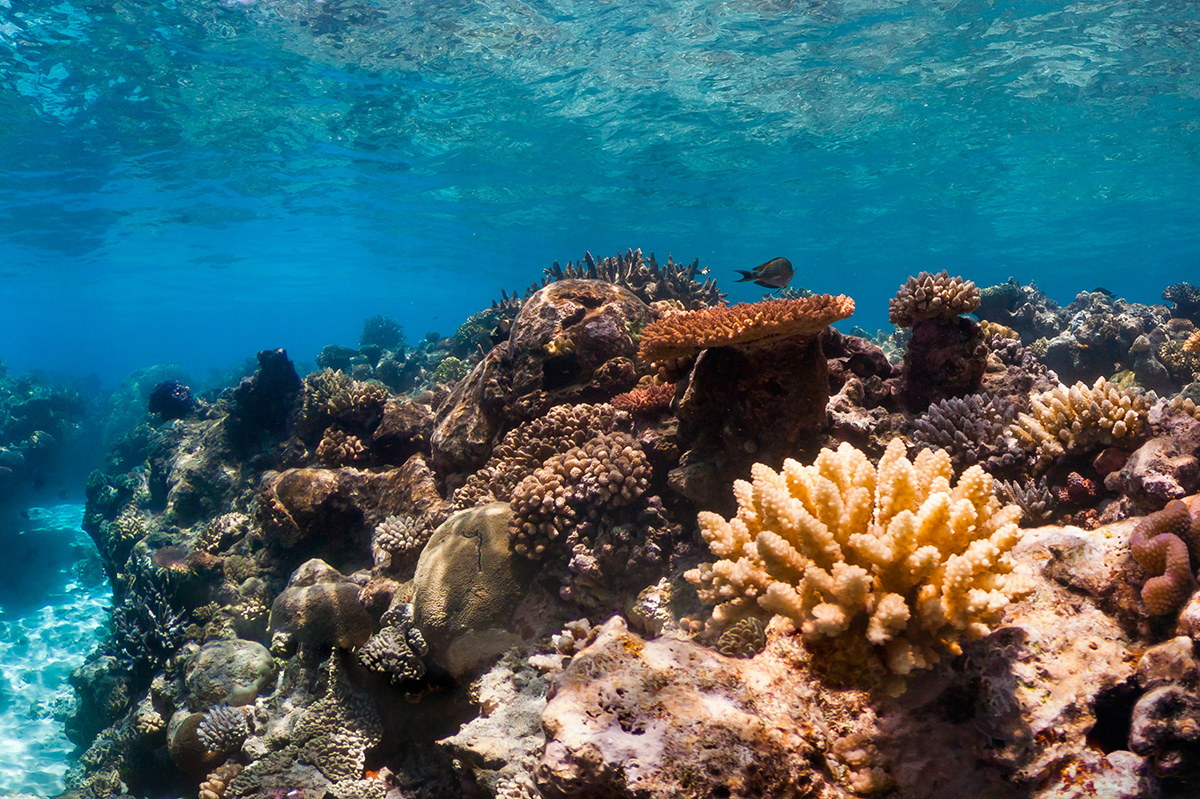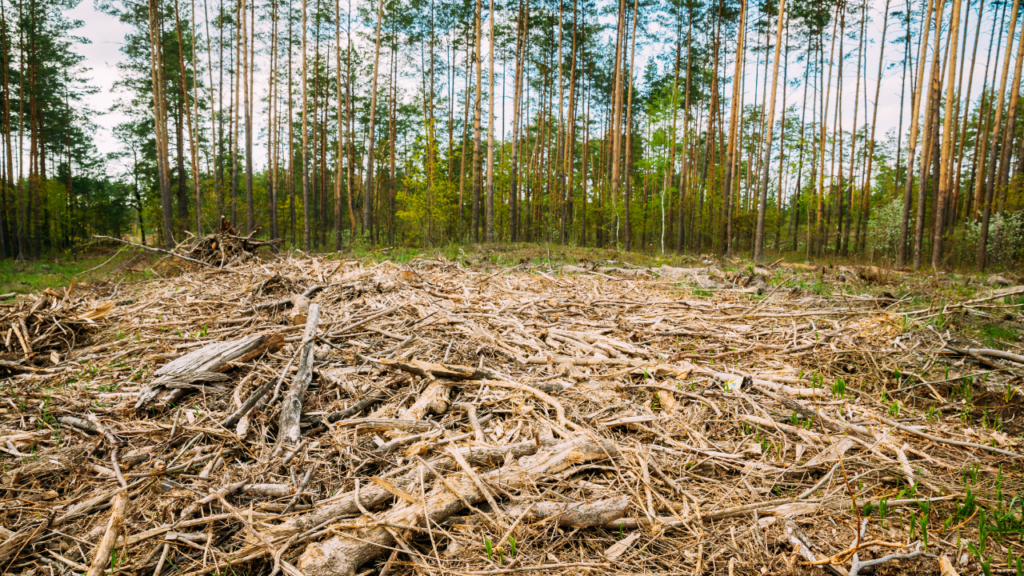Beneath the waves and out of sight, an unimaginable tragedy is unfolding.
Late Thursday afternoon, just as the nation was switching off for the Easter break, the Government quietly released its latest update on the health of the Great Barrier Reef, confirming the devastating extent of yet another mass coral bleaching event. Over the long restful weekend, millions of Aussies down the east coast basked in bath-like sea temperatures, seemingly unaware of the devastation beneath the surface.
You’d be forgiven for missing it, but recent months have seen our east coast waters suffer what can best be described as an underwater equivalent of our 2019-20 Black Summer bushfires. From the Torres Strait to the tip of Tasmania, almost nowhere has been spared – ravaged by marine heatwaves driven by the burning of coal, oil and gas.
Watch the Climate Council’s latest video on coral reef bleaching below
Down south in the waters off Tasmania’s east coast, the level of heat stress has been so high that the US National Oceanic and Atmospheric Administration (NOAA) ran out of colours for its maps. Under climate change, Tasmania’s giant kelp forests – once so dense they were marked on shipping maps – have declined by 95 per cent since the 1970s. A little further north, New South Wales oyster farmers were heavily impacted as temperatures in our estuaries resembled a hot tub. Offshore, New South Wales waters simmered at levels normally seen off tropical Queensland, where they would be warm enough to support the formation of a tropical cyclone. Further east, pristine Lord Howe Island – the Galapagos of Australia, home to the world’s southernmost coral reef – saw corals subjected to extreme heat stress and a major bleaching event.
Returning to the Great Barrier Reef, while it may be weeks or months before we know the full extent of this year’s damage, there are reasons to be very concerned indeed. Widespread bleaching has been observed along almost the entire length of the Reef. Most regions saw peak levels of accumulated heat stress that exceeded those experienced during 2016, when the Reef suffered its most widespread and deadly bleaching event. This includes coral reefs in the Torres Strait, on which Indigenous communities have depended and have cared for over countless generations. Regions that had been largely spared by previous events, such as Heron Island and other parts of the Reef’s southern section, have suffered devastating losses. Even long-lived ‘bommie’ corals, less sensitive than the fast-growing branching corals, have been bleached and are starting to die. These can be up to 200 years old – the equivalent of old-growth trees on land.
You would think that such an event would prompt a national outcry. Instead, stories appear about the next terrible climate impact on our oceans and we all move on. You are as likely to read about it on the BBC or CNN as in our own media.
Perhaps after five mass bleaching events in nine summers we have become numb to these events. Perhaps we have come to accept them as normal. In truth, there is nothing normal about what we are seeing unfold. Widespread coral bleaching was unheard of until the 1980s. It was only in 1998 that the Great Barrier Reef suffered its first reef-wide mass bleaching event. They are now occurring with such devastating frequency (5 out the last 9 years) that the Reef is getting almost no reprieve, and is fading to a shadow of its former glory.
Perhaps some fear that the tens of thousands of jobs and billions in tourism revenue riding on the health of the Reef will take a hit if we speak frankly about the changes we are seeing.
Perhaps it is too inconvenient a truth for our Federal Government, which has dragged its heels on a desperately needed overhaul of our national environment law so that it assesses climate pollution risks. An astonishing 740 fossil fuel projects have been waved through since our Environment Protection and Biodiversity Conservation (EPBC) Act came into effect, every one another sucker punch to our embattled Reef. This includes at least five since the last mass bleaching of the Great Barrier Reef in 2022 and the election of the current Federal Government.
All life, including our own, depends upon a healthy ocean. We are watching in real time as that life support system unravels. The rapid changes to our Great Barrier Reef and other irreplaceable marine ecosystems are a harbinger of even more dangerous times ahead, when more of our critical ecosystems are pushed beyond a tipping point.
It doesn’t have to be this way.
When it comes to getting climate pollution down fast and building a vibrant future beyond fossil fuels, Australia’s untapped opportunities are the envy of the world. New research from the Climate Council lays out how, using proven technologies that are available today, we can cut climate pollution by 75 percent this decade. This transformation is underway and delivering many additional benefits including helping families reduce their cost of living and creating new jobs in our regions. Now it’s time to step things up. By accelerating the transformation of our energy system we can slash climate pollution at home while laying the ground for new clean industries that will replace our fossil fuel exports.
If you’ve read an article about our Great Barrier Reef these last weeks, it may have been about one of the many efforts to regrow corals and restore pockets of the Reef. As noble as these efforts are, they are at best a band aid on a broken leg. This year we have watched as years of restoration efforts have been wiped out in a stroke by rising ocean temperatures.
The only way to protect the Great Barrier Reef and all our precious marine ecosystems is to leave our fossil fuels in the ground and end climate pollution as quickly as we can.
Fortunately for that, we have the solutions.










